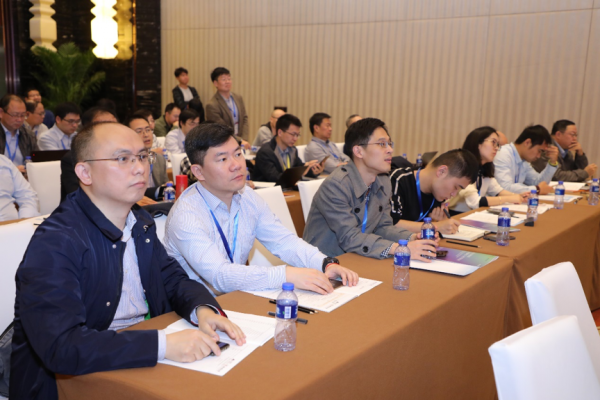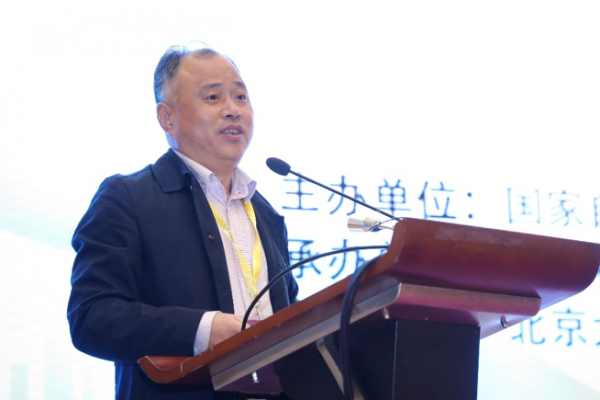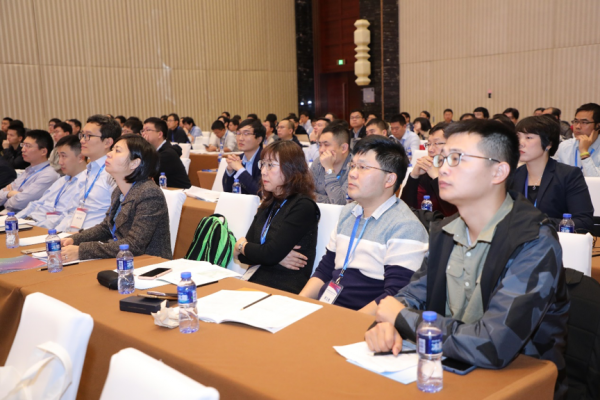MAE hosts turbulent structures conference
Jan 08, 2020
From January 5 to 7, Southern University of Science and Technology (SUSTech) was the co-organizer of the 2019 annual hydrodynamics conference of the National Natural Science Foundation of China (NSFC) Major Research Plan (Major Research Plan) into the Genetic Evolution and Mechanisms of Turbulent Structures. The Department of Mechanical and Aerospace Engineering (MAE) at SUSTech worked with the School of Engineering at Peking University to co-organize the conference, which took place at Zhuhai International Convention and Exhibition Center.
SUSTech President Chen Shiyi and NSFC Department of Mathematical Sciences Deputy Director Ming Qingguo both gave keynote speeches at the conference, with about two hundred scholars in attendance. The opening ceremony was chaired by the NSFC Department of Mathematical Sciences Division of Comprehensive & Strategic Planning Deputy Director Zhang Panfeng.

The conference covered the key support projects approved in 2017, listen to the progress of projects in 2017 & 2018, as well as the plans from 2019. Overall, the conference promoted all major research projects within the broader goal of advancing the implementation of the projects.

NSFC Department of Mathematical Sciences Deputy Director Ming Qingguo discussed management methodology and implementation procedures for the major plans in 2020. He highlighted the accelerated implementation of major research plans to promote the theoretical and practical transformation of industry. The role of innovative fluid mechanics should encourage the progress of China’s industrial manufacturing industry.

SUSTech President Chen Shiyi wholeheartedly agreed, saying that 2020 is much like the new 1920s, in that both times were experiencing significant industrial change. As with all major research plans focusing on basic research, these projects promote scientific advances by injecting new ideas. He encouraged more young scholars to participate in scientific research while exploring a broad range of different interdisciplinary areas.

47 project results were reported, along with 18 newly approved research plans.
Latest News
Related News












